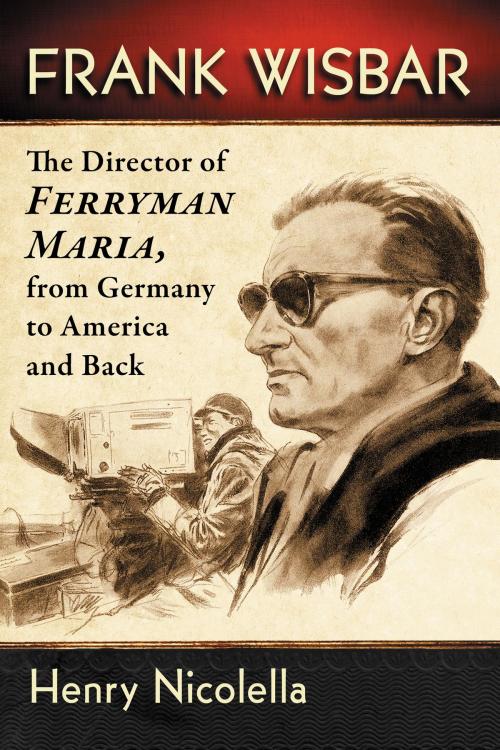Frank Wisbar
The Director of Ferryman Maria, from Germany to America and Back
Nonfiction, Entertainment, Drama, Continental European, Fiction & Literature| Author: | Henry Nicolella | ISBN: | 9781476629766 |
| Publisher: | McFarland & Company, Inc., Publishers | Publication: | January 12, 2018 |
| Imprint: | Language: | English |
| Author: | Henry Nicolella |
| ISBN: | 9781476629766 |
| Publisher: | McFarland & Company, Inc., Publishers |
| Publication: | January 12, 2018 |
| Imprint: | |
| Language: | English |
German director Frank Wisbar (1899–1967) had the misfortune of achieving success as a filmmaker just as Hitler came to power. While critics praised his work, Nazi cultural watchdogs were scornful of his attempts to chart “the landscape of the soul” in films like Ferryman Maria (1936) and Anna and Elisabeth (1933). Wisbar fled to America, where Hollywood saw him as no more than a technician, good for churning out low-budget horror like Strangler of the Swamp (1945) and Devil Bat’s Daughter (1946). A successful stint in early television allowed him to return home to a very different Germany, where he abandoned his earlier mystical themes to tackle questions of war and peace, tabloid journalism and racial conflict. The author examines the films and career of an under-appreciated auteur who ultimately lost faith in his own vision.
German director Frank Wisbar (1899–1967) had the misfortune of achieving success as a filmmaker just as Hitler came to power. While critics praised his work, Nazi cultural watchdogs were scornful of his attempts to chart “the landscape of the soul” in films like Ferryman Maria (1936) and Anna and Elisabeth (1933). Wisbar fled to America, where Hollywood saw him as no more than a technician, good for churning out low-budget horror like Strangler of the Swamp (1945) and Devil Bat’s Daughter (1946). A successful stint in early television allowed him to return home to a very different Germany, where he abandoned his earlier mystical themes to tackle questions of war and peace, tabloid journalism and racial conflict. The author examines the films and career of an under-appreciated auteur who ultimately lost faith in his own vision.















